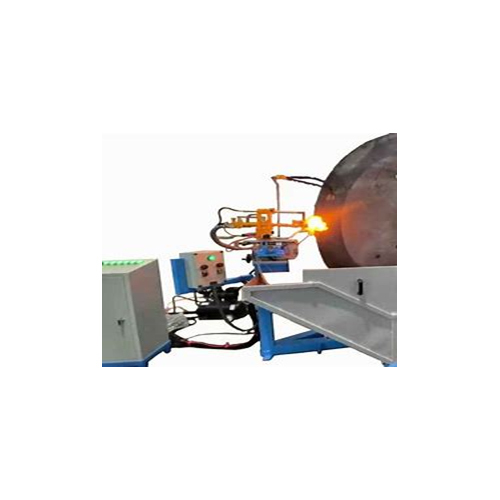Flame Hardening Services
About Flame Hardening Services
Basically, it is to leave the core of the part soft and harden the surface. It is applied to mild steels, alloy steels, cast iron parts and generally medium carbon steels. In flame hardening, the surface is heated by flame without any significant temperature change in the interior of the part. The surface of the part is austenitized and then subjected to quenching.
Any desired surface of the steel is heated with a flame to the appropriate temperature. When the austenitization is completed, the steel is quenched and the surface is hardened. In flame hardening, the heat is mostly provided by oxy-acetylene, it can also be provided with the help of other devices. During the heating phase of the part, various gases are assisted. Gases such as acetylene and air can be used most of the time, and in some cases propane.
With the appropriate mechanisms that can be used, the part is easily heated and then cooled quickly. The hardening depth is adjusted by controlling the values such as flame intensity, heating time, rotational-advance movement speed. There are 4 different methods when applying flame hardening; There are different methods such as moving, forward moving, rotary motion and rotary-progressive motion. When applying flame hardening, it is most important that the person doing the work in manual mechanisms is highly skilled and beyond that, experienced. If excessive heating is applied to the part, both grain growth and cracks and distortions are seen after quenching. This is the biggest possible disadvantage of flame hardening.
In flame hardening, quenching at the end of heating is generally applied by spraying, valid for 4 different methods.
The duration of the flame hardening heat treatment is shorter compared to cementation and nitriding. Flame hardening, which is more suitable for cementation and nitration in terms of cost, is more ergonomic than other heat treatments. The devices used are portable and can be adjusted according to the environment and condition. Another important advantage of flame hardening is that it does not cause scale formation. Scale does not occur, besides, undesirable situations such as cracks, tensile stress or warping do not occur in the steel.

- Minimum Order Quantity
- 1 Unit

Price:
- 50
- 100
- 200
- 250
- 500
- 1000+



